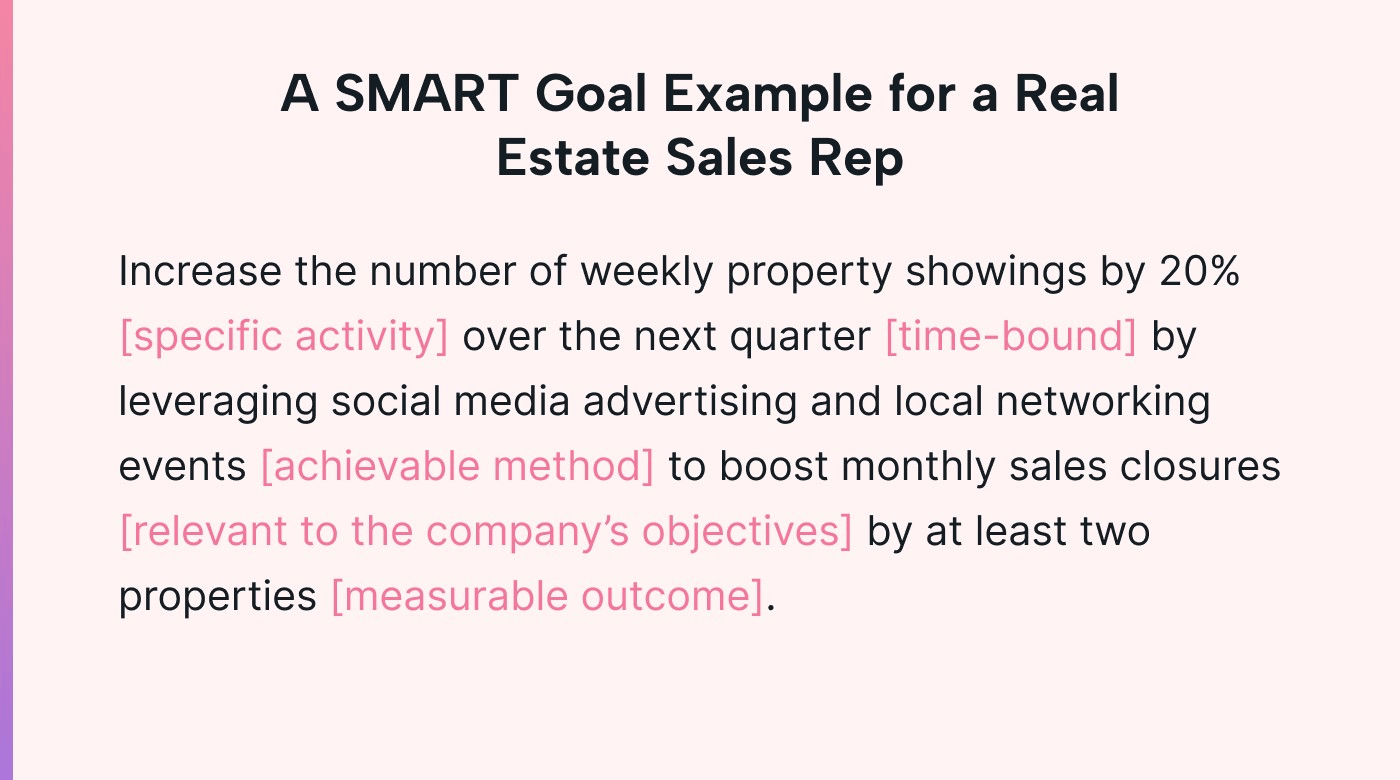The modern cutthroat sales environment demands not just hard work but intelligent work — including smart time management to meet quotas and boost sales figures.
Effective time management doesn’t come naturally to most people, especially since digital and other distractions are everywhere. However, it’s a skill that you can master. And once you do, you will benefit from the results, including better sales outcomes and increased job satisfaction.
In this article, we explore 10 strategies that can increase your sales performance, including how to use an intelligent online calendar to help you get the most out of every available minute.
What is sales time management?
Time management in sales is an indispensable skill for success. It involves allocating the right amount and quality of time to activities that directly and indirectly drive sales so that each action aligns perfectly with your overarching sales objectives.
In essence, time management is the fine art of distinguishing high-yield activities from time sinks and orchestrating your sales tasks and responsibilities in such a way as to maximize your results within the available hours.
The benefits of effective time management in sales
There’s a direct correlation between strategic time use and an uptick in sales performance. Well-managed time often leads to higher conversion rates and increased customer satisfaction.
Yet, Salesforce’s latest State of Sales study found that “many reps have limited time to connect with customers. Reps spend just 28% of their week actually selling, with the majority of their time consumed by other tasks like deal management and data entry.”
This demonstrates that better time management skills can help many sales reps reduce the time spent on administrative tasks and increase their time actually selling.
 |
Effective time management is also known to reduce the hectic pace of sales environments. Plus, it supports better decision-making and a healthy work-life balance.
Research underscores the fact that sales professionals who adopt disciplined time management practices — and thereby spend more time with prospects and leads — report higher job fulfillment.
In fact, there’s a significant difference between sales reps who spend three hours per day on sales-related activities (job satisfaction level of 3.45 out of 5) and those who spend four or more hours per day on these activities (average score of 3.8).
We’ll cover the different facets of better time management in sales, from goal setting to using tools and hacks to master your sales time like a pro.
Professional goal-setting as the foundation of time management
Any good time management process begins with setting goals — but setting them the right way.
Sales targets are frequently quantified as quotas — benchmarks to be met within specific time frames, from daily to quarterly milestones.
However, broad targets can sometimes seem daunting or intimidating, and quotas are hard to meet or exceed. One study showed that in 2022, only 24.3% of sales representatives exceeded their quotas.
To help make your targets attainable, break them down into smaller, tactical, more easily achievable goals. Here are some tips for doing this:
1. Use SMART goals
SMART goals are a great tool for helping you get a good grip on your time. They are characterized by five criteria expressed by the acronym SMART: Specific, Measurable, Achievable, Relevant, and Time-bound.
SMART goals provide a structured approach to goal-setting that makes your goals not only more manageable but also more motivating.
Let’s look at two examples of SMART sales goals:
For a real estate sales rep, a SMART goal might be as follows: “Increase the number of weekly property showings by 20% over the next quarter by leveraging social media advertising and local networking events to boost monthly sales closures by at least two properties.”
 |
In the software-as-a-service (SaaS) sector, a sales rep could set a goal such as “Grow the customer base by signing up 30 new clients for our premium package by the end of Q2 through targeted outreach campaigns and personalized demo presentations, resulting in monthly recurring revenue growth of 15%.”
When goals are formulated with this kind of specificity, they drive your focus and can effectively pave the way toward reaching your sales targets.
2. Prioritize your tasks to reach your goals
Once you’ve clearly defined your goals, it’s time to prioritize the tasks that will help you accomplish them.
Begin by breaking down each goal into its essential tasks and steps. Then, it’s good practice to use Pareto Analysis — devoting 80% of your time to the top 20% of tasks that drive the bulk of your revenue.
Here’s an example:
Sarah, a sales rep in the pharmaceutical industry, notices that most of her sales come from a handful of high-prescribing doctors. She conducts a Pareto Analysis on her client list, which helps her identify that 20% of the physicians she interacts with are responsible for 80% of her drug sales.
Given these findings, Sarah reshapes her daily routine to focus primarily on these key contacts. She schedules more frequent visits with them, tailors her educational materials to their specific needs, and makes sure they’re the first to know about new research or drug releases. She also allocates more time to nurturing these relationships, attending medical seminars they’re interested in and arranging peer-to-peer educational dinners.
 |
With a focused approach like this, you can make sure that your most critical tasks receive the majority of your attention. This means you can channel your energy into the activities that are most likely to help you achieve your sales targets.
3. Set the foundation of your day with a solid routine
Invest some time in establishing a workable daily routine. This is a great way to get your most impactful work done first and avoid wasting time.
By using a consistent daily framework, you can carve out space for essential sales activities, such as prospecting, client meetings, and follow-ups, yet remain flexible enough to handle the spontaneous demands of the sales environment.
Sales time management techniques
Applying effective techniques is also crucial to sales time management. Here are some tips for doing just that:
1. Invest quality time in pre-call planning and preparation
Before you pick up the phone, invest in meticulous pre-call planning. This includes thoroughly researching the client’s background, fine-tuning your pitch, and strategizing on how to respond to potential questions.
This level of preparation will help you turn calls into conversations rather than interviews. After reviewing each possible detail and scenario in advance, you’ll be ready to respond to pushback. Even better, you can be proactive and turn objections into opportunities.
Structured preparation is often the difference between a deal won and a deal lost. Your preparedness can give you the confidence to handle objections and close effectively.
2. Use time blocking to allocate time for your critical sales activities
Time blocking involves dedicating specific chunks of the day to batches of similar daily tasks. This minimizes the time you spend switching gears and improves your focus on the most important tasks. It can also lead to more frequent deep work periods and better task completion rates.
A strategic breakdown of the day might include dedicated periods for prospecting, client meetings, follow-ups, and administrative duties — each with its own time block. For example:
Imagine a sales rep named John who, after reviewing his sales data, realizes that he excels at closing deals during face-to-face meetings. To capitalize on this strength, he structures his week by blocking 50% of his time for client meetings and presentations. Another 25% is reserved for prospecting and lead generation, as this fuels his pipeline. He dedicates 15% to follow-ups and nurturing client relationships and the remaining 10% to administrative tasks and training. This gives him a balanced, well-supported approach to his sales strategy.
 |
3. Maximize your productivity during selling hours
To take your sales impact to the next level, identify and zealously protect your clients’ golden hours — those prime times when they’re most approachable and amenable to a discussion with a sales rep. For instance:
If your data reveals that your typical clients are most responsive in the late morning, block out this period exclusively for your sales calls and face-to-face meetings. During these peak times, avoid internal meetings and administrative work. These activities can wait while you focus on your core responsibility: making sales.
By aligning your most productive hours with the times when your prospects or clients are most attentive, you take a big leap forward in terms of your efficacy and changing your sales potential into actual performance.
4. Harness the power of an intelligent online calendar
In the fast-paced world of sales, an intelligent online calendar like Motion can give you a huge advantage when it comes to time management.
Motion isn’t your average planner — it’s a sophisticated ally in your pursuit of peak efficiency. This AI-powered tool goes beyond mere scheduling to analyze patterns and suggest the best times for high-priority tasks. For example:
Suppose you need to schedule a product demo for a high-value prospect. Instead of gambling on a time slot, Motion would recommend the ideal window by factoring in your prospect’s history of responsiveness, your own peak performance periods, and your current workload and other responsibilities.
 |
By capitalizing on this kind of modern, smart scheduling, every item on your to-do list can be set for a time when you’re most likely to succeed and excel.
Bonus: Additional time management hacks
Here are three other tips for maximizing your sales results through better use of your valuable time:
1. Use online automation tools to streamline the sales process
Leveraging the right online tools can revolutionize your sales process.
One of these tools is a Customer Relationship Management (CRM) system. A CRM can significantly cut down on time spent managing customer information and sales pipelines.
Another tool is a sales acceleration platform — a suite of tools designed to speed up the sales process and increase the productivity of sales teams. When integrated with your CRM, this tool can streamline your day-to-day activities by taking over the time-intensive tasks of outreach and follow-up. For example:
Imagine you’re juggling multiple leads across various stages of the sales funnel. Instead of manually entering data or writing individual follow-up emails, your CRM system can trigger personalized messages based on specific customer actions or inactions.
By integrating these smart tools into your sales stack, you minimize the drudgery of manual, repeatable tasks. This can open up new sections of your schedule where you can engage deeply with prospects and close deals.
2. Use templates to save valuable time
Ready-to-use, customizable templates for emails, contracts, and proposals can help you maintain consistency and save time that you’d otherwise spend writing each document or message from scratch.
Templates keep personalization from becoming too time-consuming. Instead, they allow you to respond quickly and efficiently to client queries.
 |
You can also use Motion’s sales meeting agenda templates to quickly and efficiently set up and conduct sales meetings. These templates offer detailed meeting outlines (with time allocations) and can save you a lot of time on meeting prep.
3. Track results to optimize performance
Lastly, there’s results tracking. Keep a close eye on which activities lead to successful conversions so that you can continuously refine your time management strategies.
This process of measuring and adjusting is key to staying agile and responsive in your sales endeavors. It will help you make sure your sales strategies remain effective and your precious time is not wasted on outdated practices — the techniques that worked for you yesterday but aren’t as effective today.
Become a sales time management expert with Motion
Each of the time management strategies discussed in this article can become a catalyst for not just meeting but exceeding your sales targets.
Mastering time management in sales is a continuous journey of improvement that demands your dedication, a willingness to continually adapt and embrace new sales techniques, and innovative tools for better time management.
If you’re hoping for a breakthrough in sales efficiency, explore a smart, modern scheduling solution like Motion’s intelligent, AI-driven calendar. This might just be the pivotal move that takes your sales game to the next level.





